You could skip this review and just buy the Elgato Prompter, it is that good. But there are issues, particularly if you shoot video with an iPhone.
This is close to being an all-out rave, to very nearly being an unqualified hymn of praise for a device that if you need it, is exceptionally good. It's not perfect, there is more it could do and, importantly, the software is a little lacking next to the hardware.
Yet, Elgato Prompter offers significantly better teleprompting than anything but studio professional alternatives. And it does so at a price that isn't a casual purchase, but is frankly remarkably cheap for what it does.
And it's also come along at exactly the right time.
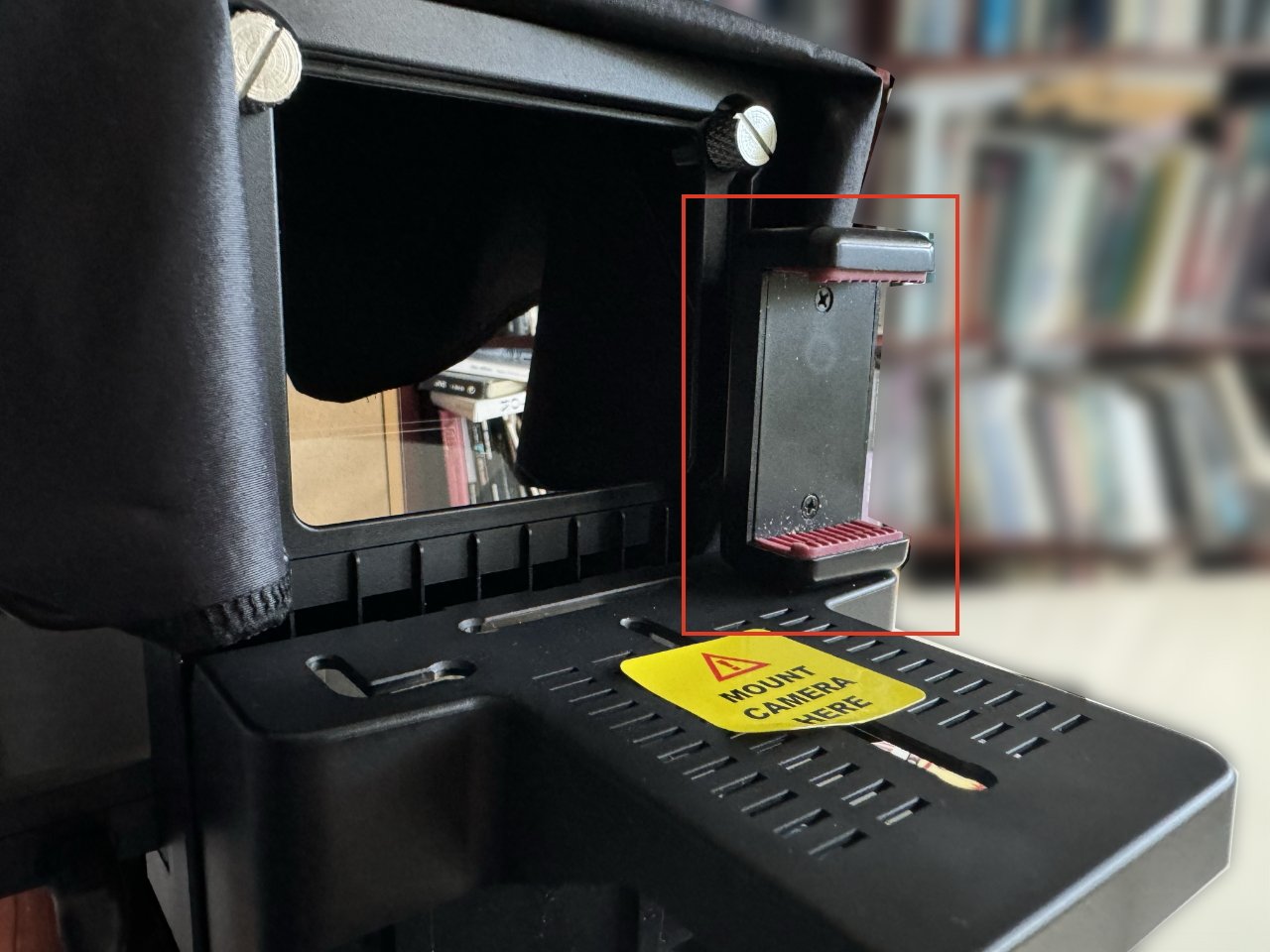 Despite coming with many attachments for different cameras, to use an iPhone you have to buy a separate smartphone grip (shown marked in red)
Despite coming with many attachments for different cameras, to use an iPhone you have to buy a separate smartphone grip (shown marked in red)Elgato Prompter aims to help YouTubers
I first trained people in filming videos back in the late 1990s at BBC Worldwide. That's the commercial side of the BBC and some of my own videos were used in its international sales pitches.
YouTube was unimaginable then, but video wasn't and that's the issue today. YouTube is now catching up with decades of television and video production.
There are still YouTubers who can turn on their camera and simply talk, and unfortunately there are still very many more who just think they can.
When it was a nascent platform, viewers put up with a lot that they wouldn't on any other video service. Now it's no longer enough that a video is about a ridiculously obscure niche, it has to be about that ridiculously obscure niche — and do it well.
Consequently, I've since specifically trained writers, musicians, actors and journalists on all aspects of producing YouTube videos.
I also have my own 58keys channel, which is for writers who use Macs, iPhones and iPad. It's small — about 6,500 subscribers — but it has the same issue that all channels do.
Namely, how to get the balance between personal, even casual one to one talking with the viewer, and having as much useful information in there as possible.
The answer is to plan a video first, which for best effect means writing a script — and that tends to mean using a teleprompter.
It isn't mandatory. If you really can just turn on the charm for a few minutes and people will watch you, then you go for it.
What a teleprompter gives you
Scripts can be written, edited, replaced, and possibly even ignored, but writing out what a video is going to be about is a boon.
It's predictably a boon for the audience because it invariably means you're going to get on with the topic instead of faffing about with hilarious banter. And it's also, possibly less predictably, a boon for the video maker because it speeds up production.
For while you might spend a long time writing a script, once you've done that, you'll shoot the video in one go. A ten-minute video is no longer going to take you an hour of retakes.
Plus, writing scripts means you can be production-efficient. Write two, three, ten scripts in advance, and you can shoot them all in a row — having had to set up the camera gear just once.
The trouble is in memorizing the script. It can be done, you can do it, but it is a skill and it's also harder to learn several unrelated scripts one after another.
So you write the script and you put it on a teleprompter. That shows you your script as you talk, so in theory you don't have to remember it at all.
In practice, you need to know the script in order to look like you're only now thinking of the next word. And it is a skill, but it's one worth using for the benefits it brings you and your audience.
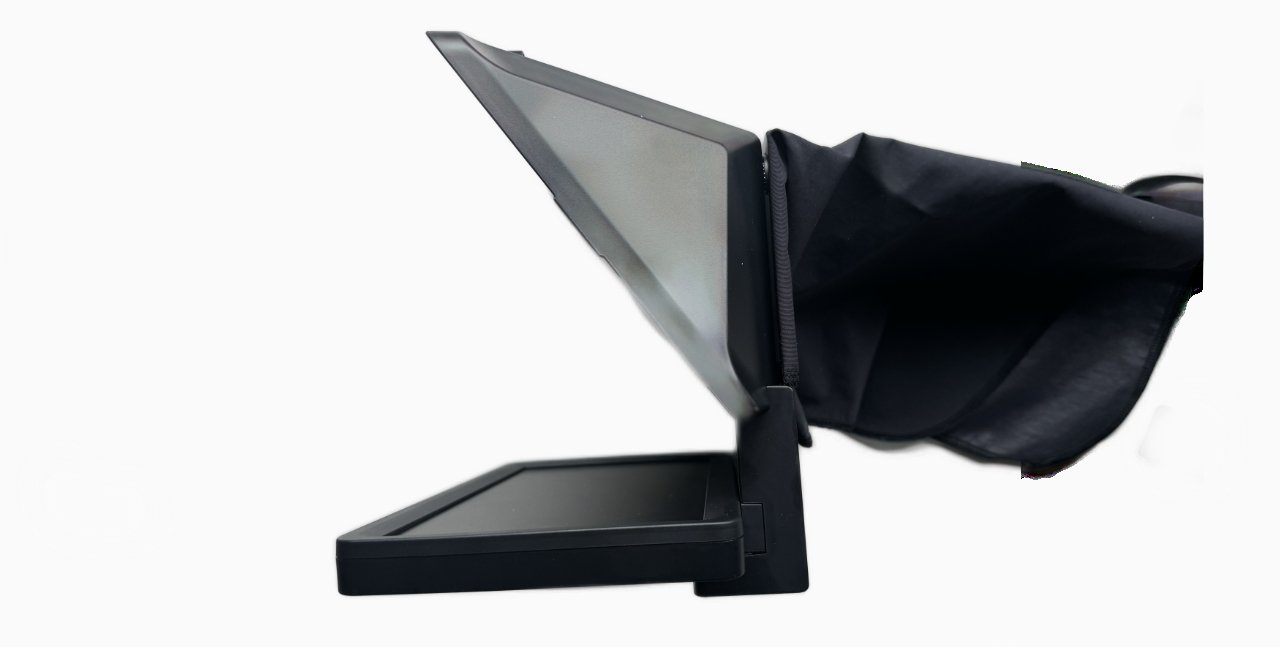 Side elevation: the horizontal display base and the angled glass are fixed; different backing plates can be affixed under the shroud at the rear
Side elevation: the horizontal display base and the angled glass are fixed; different backing plates can be affixed under the shroud at the rearHow all teleprompters work
Every teleprompter has a sheet of glass in front of the camera. That sheet is angled so that it can reflect what's beneath that camera, and what's always beneath it is some form of display.
The sheet of glass is called a beam splitter. While it appears to be showing the script, it's really reflecting that script from the lower display in such a way that the camera cannot see there's anything there at all.
So the camera sees only the presenter, but the presenter sees their script.
Audiences are not supposed to be aware that there is a prompter, but there is one occasion when they are. When politicians are making speeches at a podium, you will routinely see two large, clear panes of glass mounted either side of them.
To the audience, they're barely noticeable set dressing and because they're glass, they don't interrupt anyone's view of the politician. But, of course, the politician is seeing his or her script scrolling up that glass.
Every teleprompter works in exactly this way, but there are significant differences in them, and Elgato Prompter brings most of the best options, though not quite all.
Elgato Prompter review — the competition
It's not impossible to get a teleprompter in the same price range as the Elgato Prompter, or even some that are considerably cheaper. In every case bar Elgato's, though, prompters in this range require you to then separately provide a screen for the script.
A typical teleprompter will be the beam-splitter glass in a mount that has a hole at the back for your camera. There will also usually be a small platform to hold the other display.
That display can be an iPhone, an iPad, or possibly a small external monitor. In the latter case, you can be limited by how that external monitor needs power and data.
But even in the former case, you have to have a spare iPhone or iPad. Since it's common to film with an iPhone, that means potentially having two phones, and it always means keeping them both charged.
Then there's the software. Teleprompter software has to run on your display, so typically it has to be an iPhone or an iPad app.
That app has to display your script in a sufficiently large font size that you can read it from a small distance. It has to reverse that script so that the reflection is the right way around for you, and it also has to scroll the script at a speed to suit your vocal delivery.
There are more than 50 teleprompter apps on the iOS App Store, plus many or most teleprompter companies include a free app to be used with their equipment. Picking one is hard because the descriptions are indistinguishable, though, and it is startling how badly done many of them are.
Elgato Prompter aims to provide a better alternative for all of this — from the software to the hardware and that other display you need.
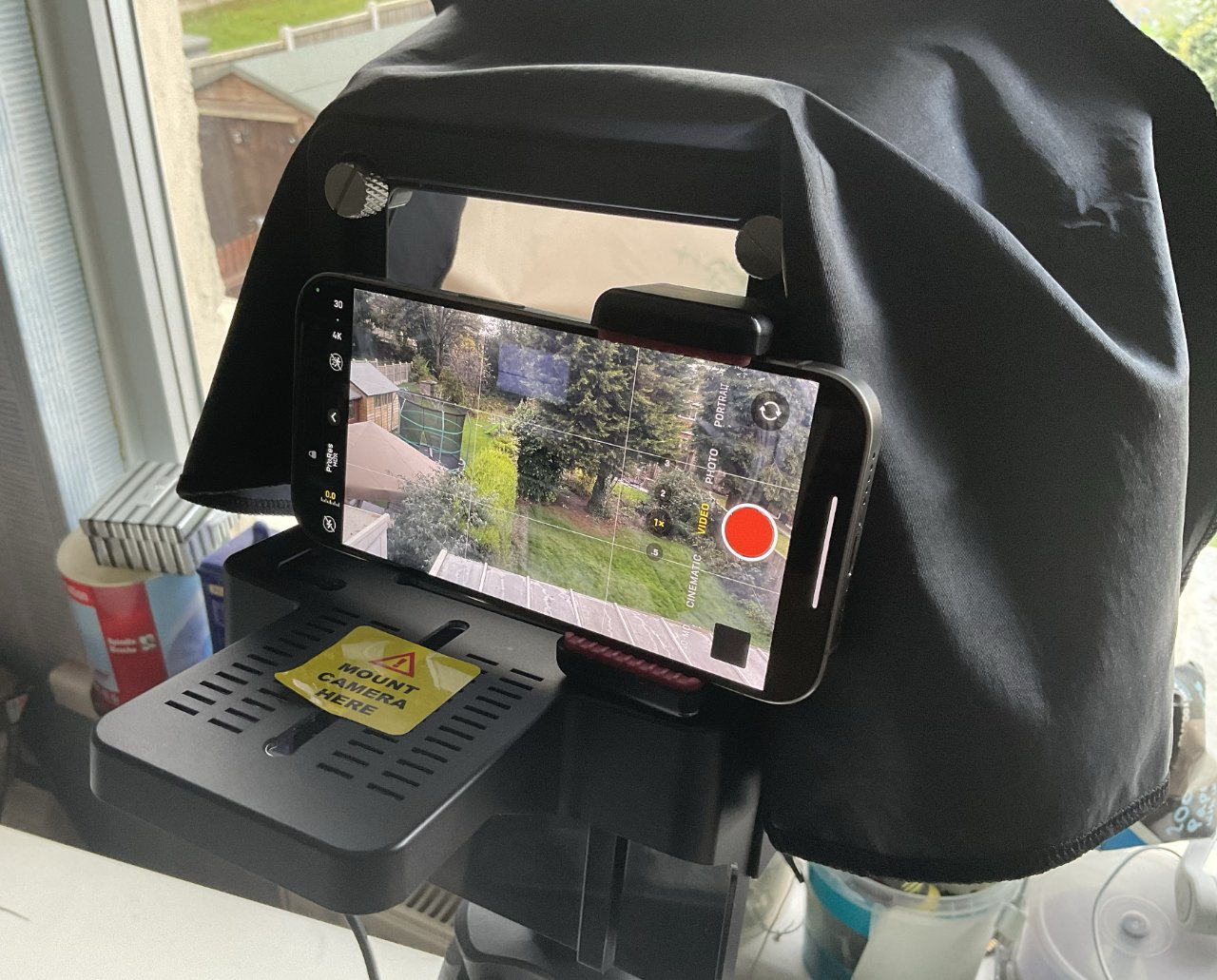 The black cloth at the top is a shroud that normally you pull back down over the camera. It prevents light getting in to the device and reflecting back into the lens.
The black cloth at the top is a shroud that normally you pull back down over the camera. It prevents light getting in to the device and reflecting back into the lens.Elgato Prompter review — design
The key feature of Elgato Prompter is that it comes with a built-in nine-inch screen. There is no need for a second display, a spare iPhone, or anything, the Elgato screen is always there.
It isn't a folding prompter, it's a 90 degree device with a flat, horizontally-positioned display, and a camera section that's vertical.
A hood-like section stretches out from the vertical at the top so that the key pane of glass can connect back at roughly a 45 degree angle.
It's strong and sturdy, but inescapably, the shape means you will need to take care packing it for transport.
Plus while the built-in display is excellent and practically the killer feature of the whole Prompter, it means there's an important limitation. The display can't run on batteries the way an iPhone would, so it needs to be where its 2m cable can be plugged into a Mac.
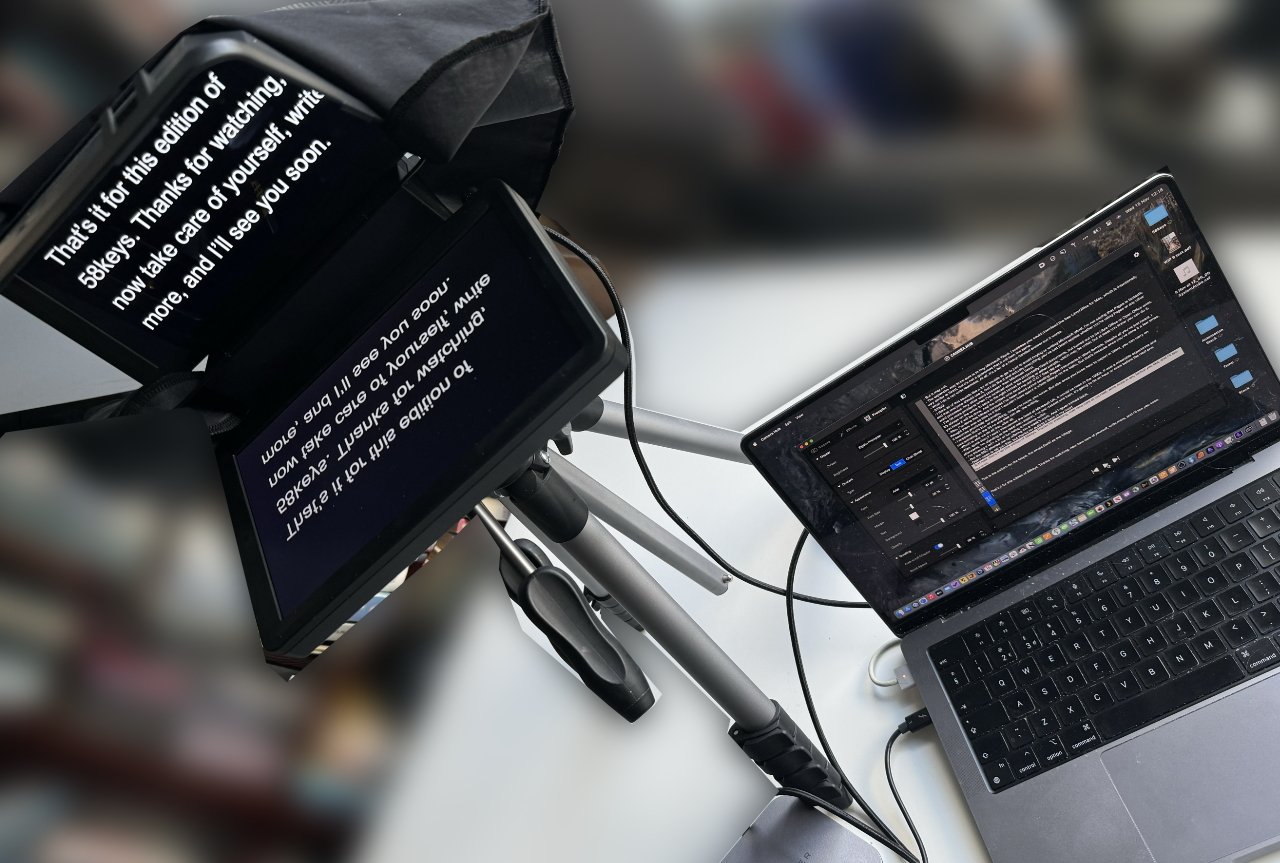 Curiously, Elgato provides a USB-A cable which means a dock is required to use Prompter with a MacBook Pro
Curiously, Elgato provides a USB-A cable which means a dock is required to use Prompter with a MacBook ProElgato provides a USB cable to plug it into a Mac, and this cable is both for power and for data. One odd thing, though, is that the provided cable is USB-A at the Mac end.
Unless you have a desktop Mac, it's likely now that you won't have any USB-A sockets so you will need a replacement cable, or an adaptor.
You can use a dock, but Elgato has previously cautioned against using one with its Stream Deck hardware, saying it needs the direct connection. There were moments when setting up the Elgato Prompter where it seemed to be the same here, too.
Frustratingly, this isn't consistent. Sometimes the Prompter starts and runs perfectly normally when plugged into a dock, and that dock is connected to a MacBook Pro on battery power. Sometimes it absolutely will not work unless the MacBook Pro is connected to power.
And then sometimes it wouldn't work even then. In that case it could conceivably be a limitation of the HyperDrive Thunderbolt 3 Mobile Dock we were using. Then it's possible that the battery level made a difference over whether the Prompter would work.
But the result is that this is a prompter for a studio rather than for being taken on location. it's a prompter that you set up once in the studio, preferably with the camera permanently connected, and then leave alone.
Once it is working and the Prompter's display is showing an extension to your Mac's desktop, then you have to use the Elgato Camera Hub software.
This is the same app that controls the company's FaceCam cameras, and it now has a whole section for the Prompter.
Elgato Prompter review — software is a weak spot
You launch the app and then it waits for to connect a device, such as the Prompter or an Elgato FaceCam.
Sometimes it doesn't recognize that you have, though. It's hard to tell whether this is related to the use of a dock and mains power, but the fix is the same. Restarting the app, re-plugging in the cable — sometimes more than once — sorts it out.
When it has properly detected the Prompter, the Camera Hub software's main screen appears on your Mac.
Its new Prompter section contains expected controls such as altering the size of the text shown on the prompter, and so on.
But it also has an overall setting that's unusual for a prompter. With a click, the prompter can be displaying just your script on a black background, or overlaid atop anything else.
There's also a third option, listed as being in beta, with which you can see chat messages overlaid on your screen, whatever that's showing.
Since the display actually acts as a second monitor for the Mac, whatever it's showing could include a Zoom call that you've dragged into it. And so you could have a script or notes on the display, yet still see the call.
Speaking of scripts, there doesn't appear to be a way to open a text file, you must instead paste the script in. Elgato lets you divide a script into chapters, for easy skipping around later, but at present, that means manually pasting segments into these chapters.
It would be good if each paragraph of a script were automatically a chapter. There also doesn't seem to be an obvious way to delete all the chapters from a previous script.
You can, though, click to have the script jump to any chapter, and then you can click on a play/pause button to start it scrolling.
Only, if you have to reshoot a section, there doesn't seem to be any way to just scroll the script back up a few lines, You have to go to the previous chapter and start again.
In practice, what you'll do is copy the segment you need to redo and paste it in as a new chapter. That works, but it's a little oddly clunky.
There is a speed control for the scrolling, but very peculiarly, the top speed sometimes seems different. The speed is given as a percentage from stationery at 0% to, presumably, its fastest speed at 100%, but at first that 100% seemed far too slow.
In later tests, though, we were stepping it down to around 50%. Then in still later tests, even 100% was again unacceptably far too slow.
Yet again, a restart fixed that.
One thing the Elgato Prompter lacks is an ability to have the speed of your script's scrolling change to match your voice. There are prompters that will listen to your speed of delivery and slow down or speed up the script to match.
Elgato Prompter review — the teleprompter in action
Elgato's Prompter also lacks a fixed point on the screen for your eyes to focus. Some prompters display a straight line around the middle so that you know if you're looking at that line, you will appear to be looking at the audience.
Or at least that your eyeline won't keep changing as you read up and down the screen.
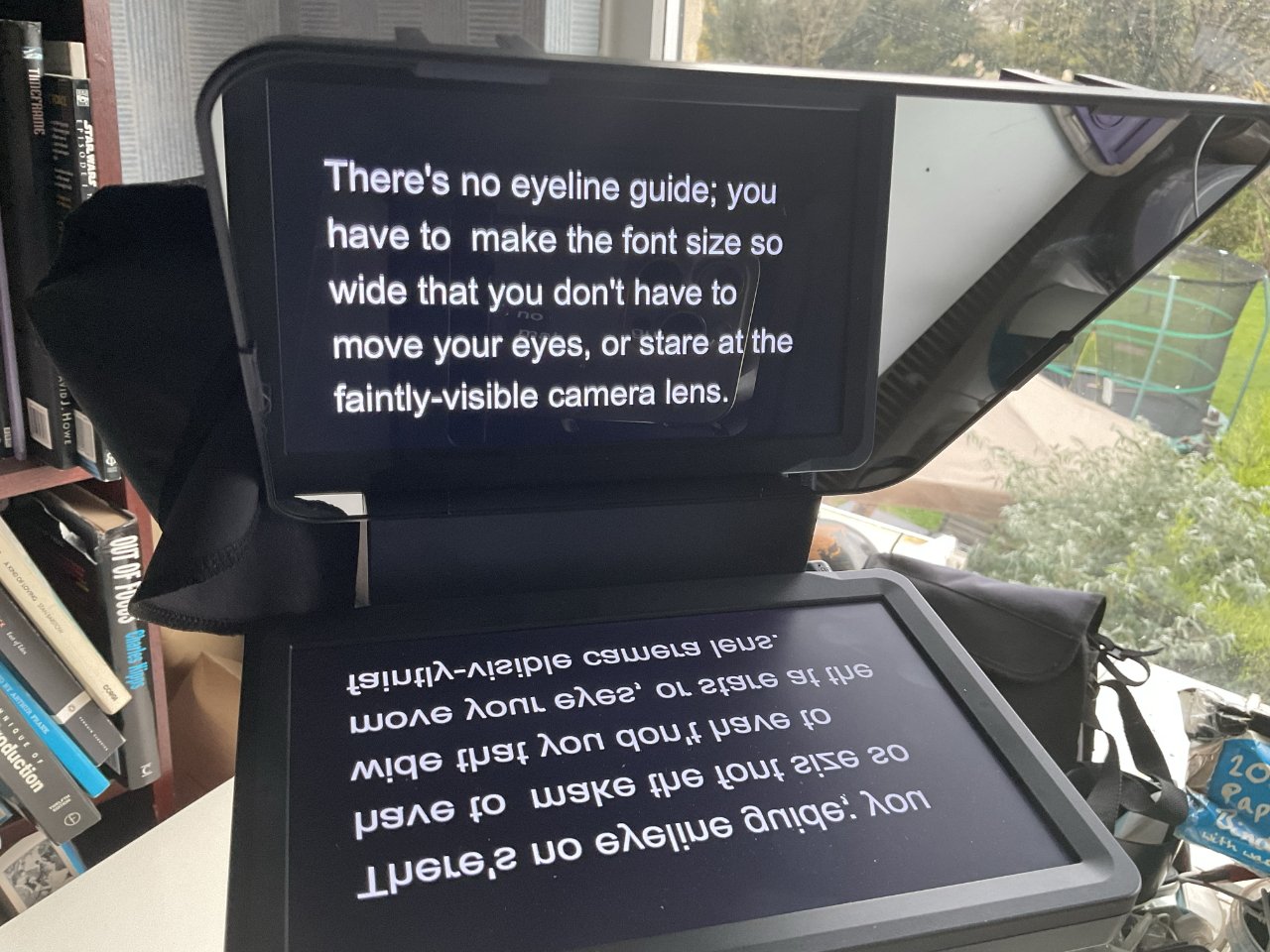 The screen is small but you still have to set up the text so that it isn't obvious that your eyes are moving as you read
The screen is small but you still have to set up the text so that it isn't obvious that your eyes are moving as you readWith Elgato Prompter, the closest equivalent to the guideline is when you can see the lens of the camera behind the glass. The reflected screen is bright enough that this isn't easy, but it is possible.
Elgato Prompter review — what cameras it works with
The camera behind the glass is an area where Elgato scores because it supports an immense range of camera types, and for including plates and mounts for so many of them.
Elgato Prompter is really designed for DSLR or professional cameras. It's not especially designed for an iPhone, though you can very well mount one — if you buy a phone mount to screw into the Prompter.
There are countless such smartphone grips, such as the Da Vinci Eye cell phone clip tripod attachment, which costs $8 for a pair. Before buying a smartphone grip, check that it can stretch wide enough for your iPhone, and also that it has a standard connector for attaching to tripods.
It's a shame that this one option is not included with the Elgato Prompter. But if you've done much filming with iPhones on tripods, there's every chance you've already got a phone mount that works.
One thing that is included is a shroud, which is unusual in this price range, and but also extremely useful. Whatever camera you have set up there is a chance for light to get in from the back of the prompter and reflect on the inside of the glass.
That could mean the camera seeing and recording that reflection. But the shroud completely covers the back and is big enough to allow for any camera that the prompter supports.
Fitting the camera
If you're going to use a DSLR camera, then you need to mount the camera onto a provided L-shaped bracket. This screws into the base of the camera using a standard tripod-like screw.
Then that bracket slides into the back of the prompter. It means the camera sits on a small shelf, facing into the main prompter unit.
It's a similar situation with webcams, but those vary enormously. Elgato Prompter can take Elgato's own FaceCam Pro if its monitor mount is removed, for instance, and the FaceCam Pro is placed like a DSLR camera.
There's more experimentation needed with the iPhone. In this case, you set up the Prompter on a tripod, then bolt on the provided backing plate, add your own mount, and slide the iPhone into place.
Elgato includes thumbscrews to make all of this quick to try and quick to undo. But unlike a DSLR camera, an iPhone has its lenses at one end of a horizontal body, so it's initially fiddly finding the the right position for the phone.
Plus once you have that position, the iPhone mount you supply needs to be firmly screwed into position or the phone can tilt back and forth as you arrange the tripod.
Whichever camera or phone you use, it takes a little time to set up at first. Consequently, unless you're shooting with your own iPhone and will need it back, it's likely that you'll set up the Prompter with a camera and just never undo them all.
Again, Elgato Prompter is not really built to be portable, it's a studio teleprompter. So you're not going to be casually chucking it into your overnight bag and taking on location.
Elgato Prompter review — presenting from a script
It takes time and fiddling to get the speed of the script scrolling right for you. But the text itself is just exquisite: very crisp, clear, bright, and a pleasure to read.
You do also need to work on the size of the text, not only for legibility but for filling the screen. Since there isn't a guideline, it's still possible to have the text be small enough that your audience can see your eyes reading left to right as you speak.
At its most basic, you start the script scrolling by clicking Play in the Camera Hub app. There isn't a Bluetooth remote control, unfortunately.
However, there is the ability to use Elgato's various Stream Decks — from $80 to $250 — to control the script. Stream Deck now supports Prompter functions such as Play and Pause, so you could have such a button set up beside you.
That's probably the idea because Stream Deck can control anything on the Prompter so you could have a whole range of options, all available and recognizable without you having to look at the Stream Deck.
There's a $90 foot-pedal version of the Stream Deck that would work well with the Prompter, too. There's also a free Stream Deck app for iPhone, though it lacks the benefit of being able to feel for a physical button without looking.
Even with just leaning over to click the Play button on the Camera Hub software, though, presenting via the Elgato Prompter is an absolute pleasure.
That's just not the only thing it does.
Elgato Prompter review — unexpected uses for Prompter
Of course you expect Prompter to be a teleprompter, but the fact that it is also a second display for your Mac throws up extra uses that have nothing to do with presenting.
You can do this thing of dragging your Zoom screen over from the Mac and onto the Prompter display. With a camera mounted in the Prompter and the display showing you the video meeting, you are always looking straight at your audience.
Then it's the same with online gameplay such as Dungeons & Dragons.
It doesn't have to be an app that uses a camera, either. Absolutely anything can be dragged over onto this Prompter's screen.
Then anything dragged there is automatically reversed on the monitor itself, so that it displays perfectly correctly when reflected on the glass.
That 9in display is probably too small for serious work, or even for displaying a kind of dashboard of information.
However, it works as a truly excellent television. Run Plex on your Mac, drag its window over to Prompter, and it's like having an old portable TV set — except that it's the most crisp and clear one you've seen.
Should you buy one
Take a wild guess. As ever, you have to need it — this is a tool to do a specific job and probably the giant majority of Mac users will have no use for it.
But if you present on YouTube, if you present over any video conferencing, Elgato Prompter is an extremely — extremely — well-designed tool. At $280, it is neither a casual purchase nor one that you might buy for use once in a blue moon.
Yet for what it does, how it does it, and how it competes with rivals in this space, that $280 looks like practically a typing mistake.
Elgato Prompter review - Pros
- Very good multi-purpose second display
- Better than all prompters in or near its price range
- Excellent built-in screen
- Strong and sturdy design
- Superb for watching Zoom videos
Elgato Prompter review - Cons
- Connecting to Mac has intermittent problems
- Best left set up in a studio rather than taken on multiple locations
- No voice control for controlling speed of scrolling
Rating: 4.5 out of 5
Where to buy the Elgato Prompter
Elgato Prompter is available for $279.99, direct from the manufacturer. Elgato says that orders will begin shipping from December.
 William Gallagher
William Gallagher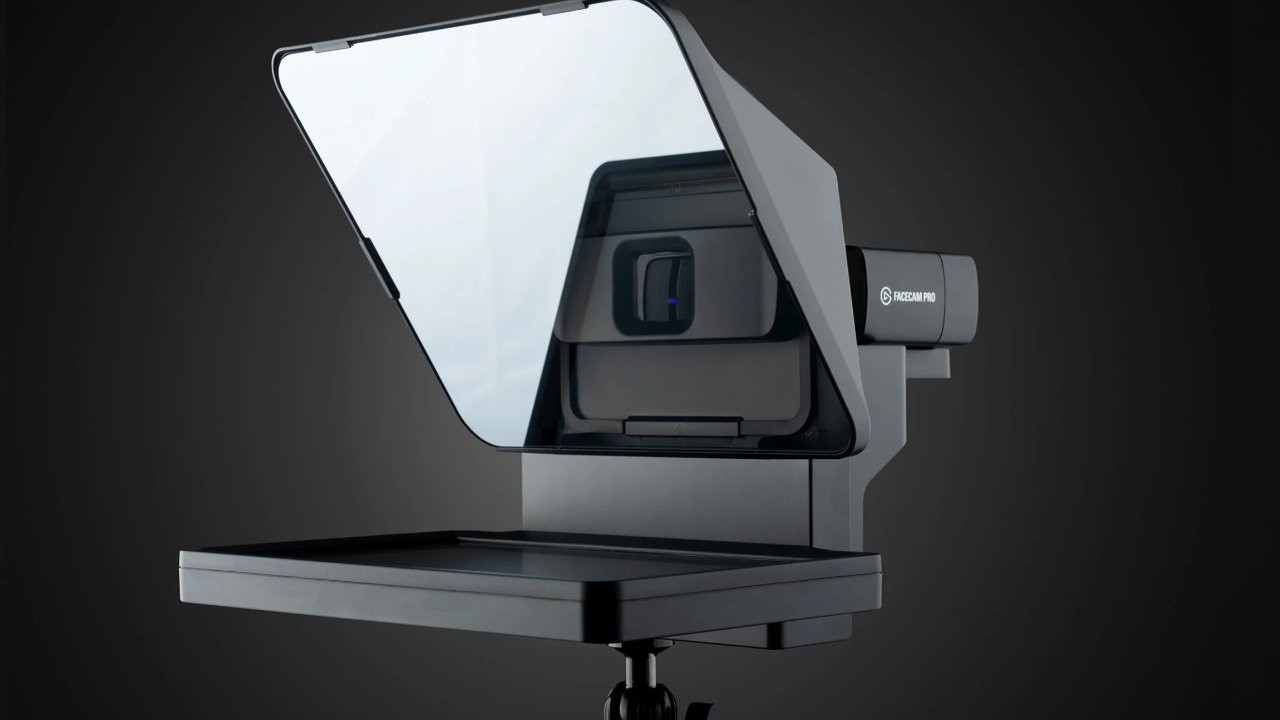
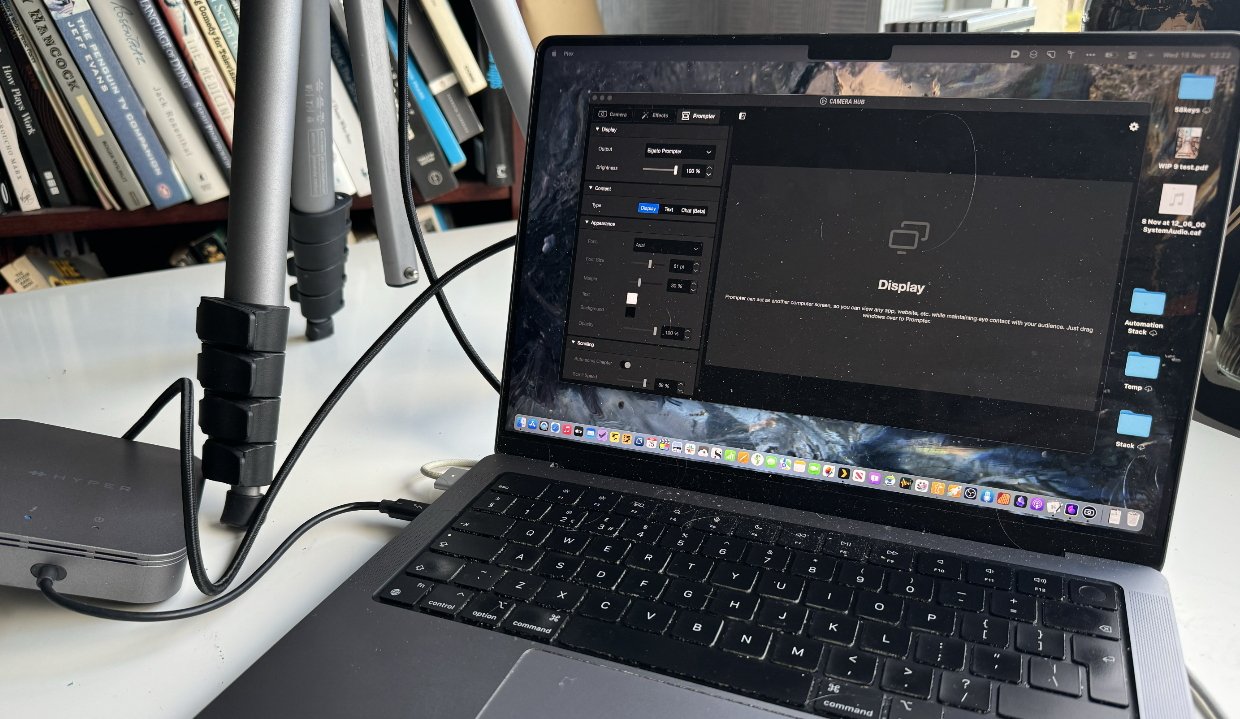
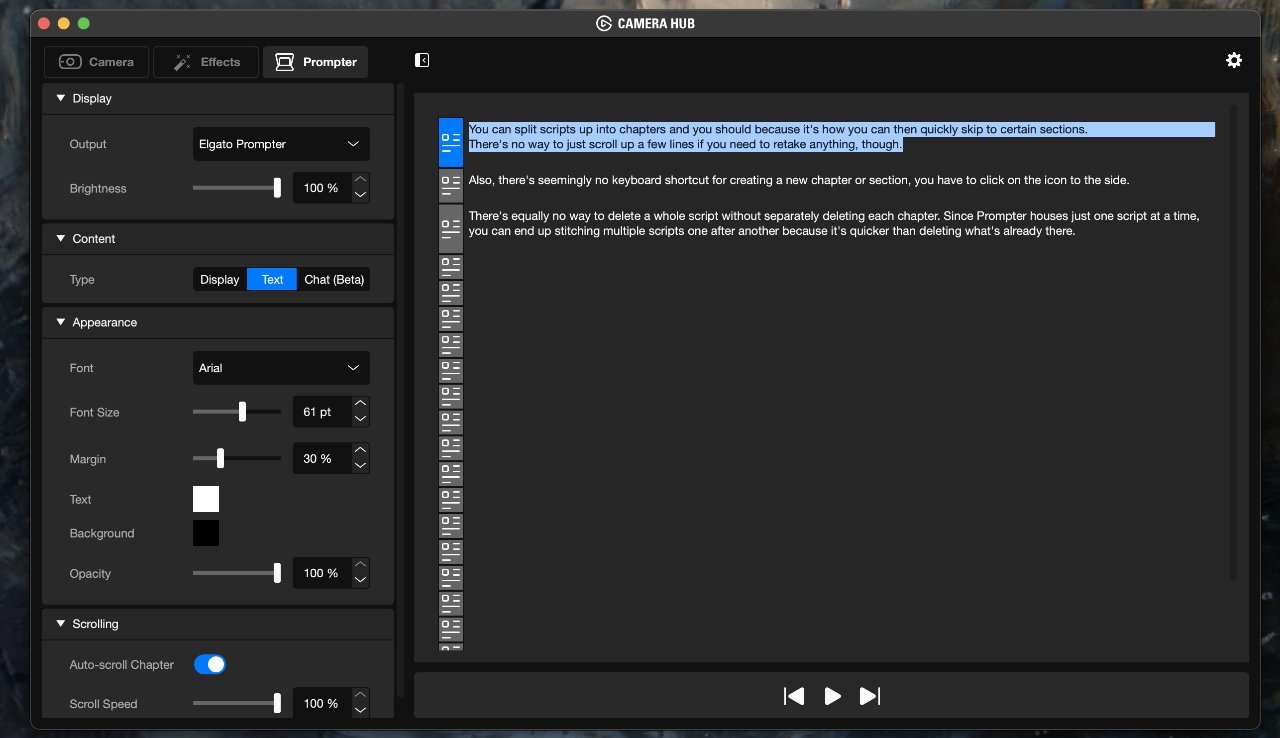
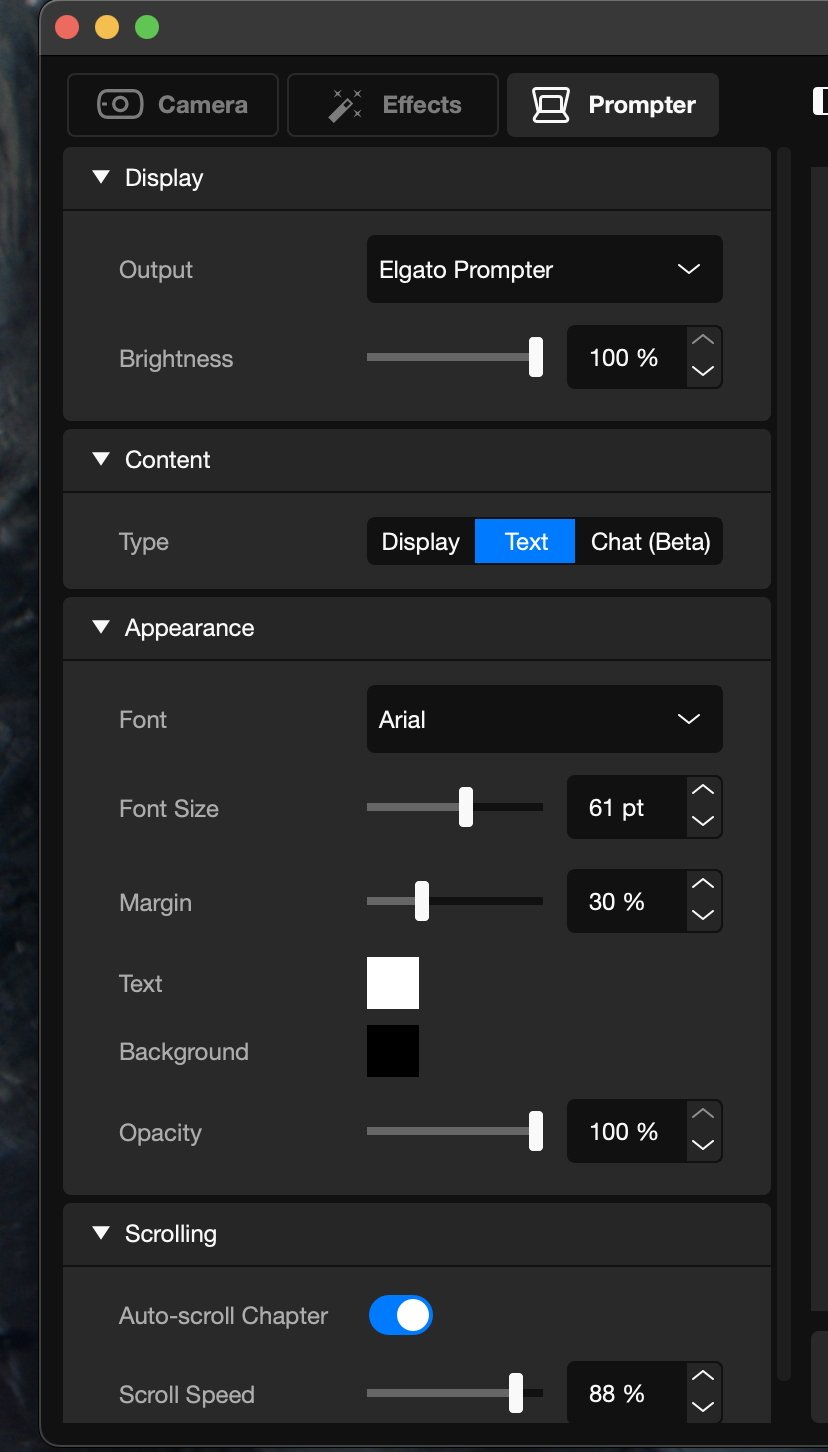
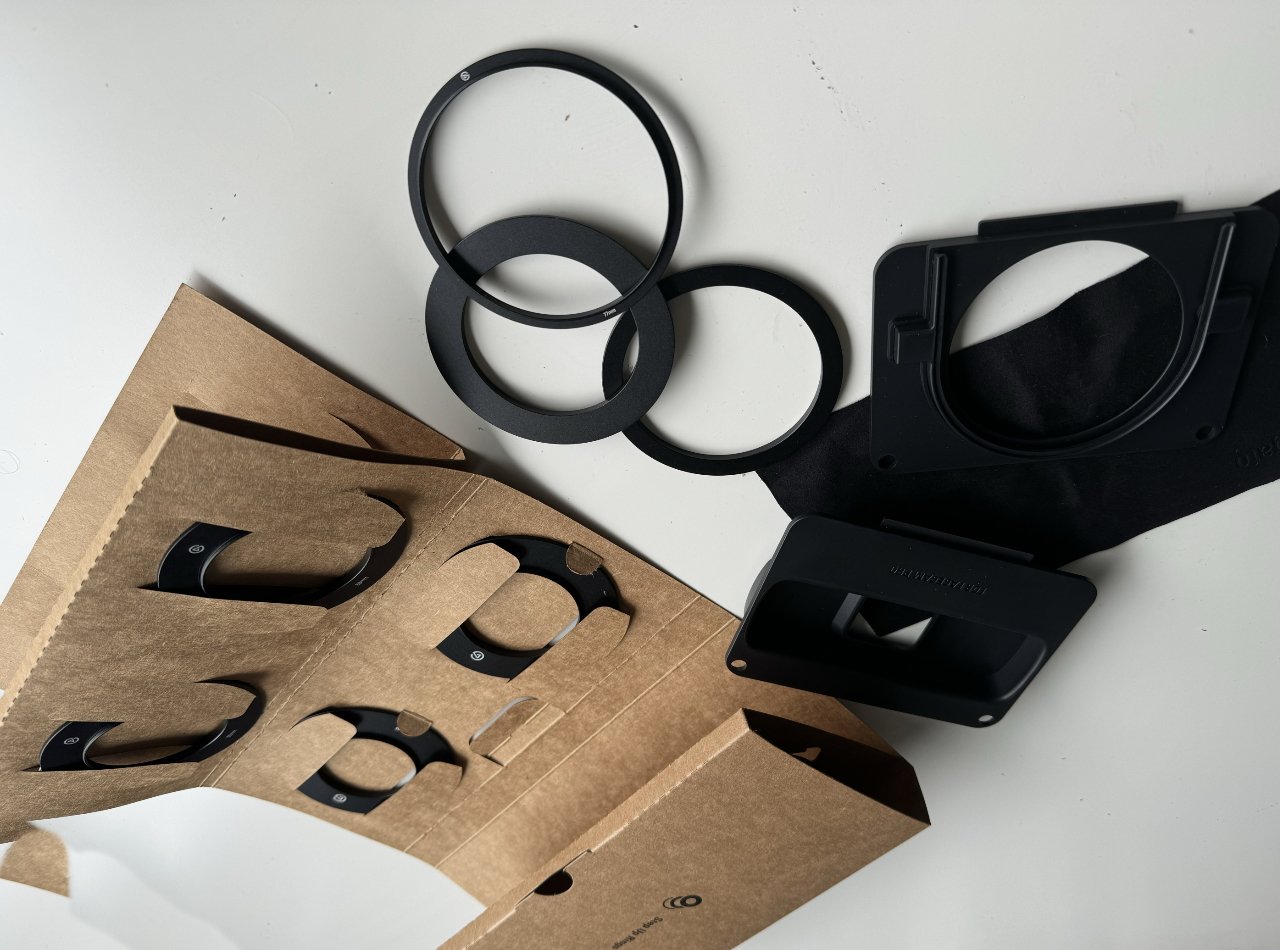
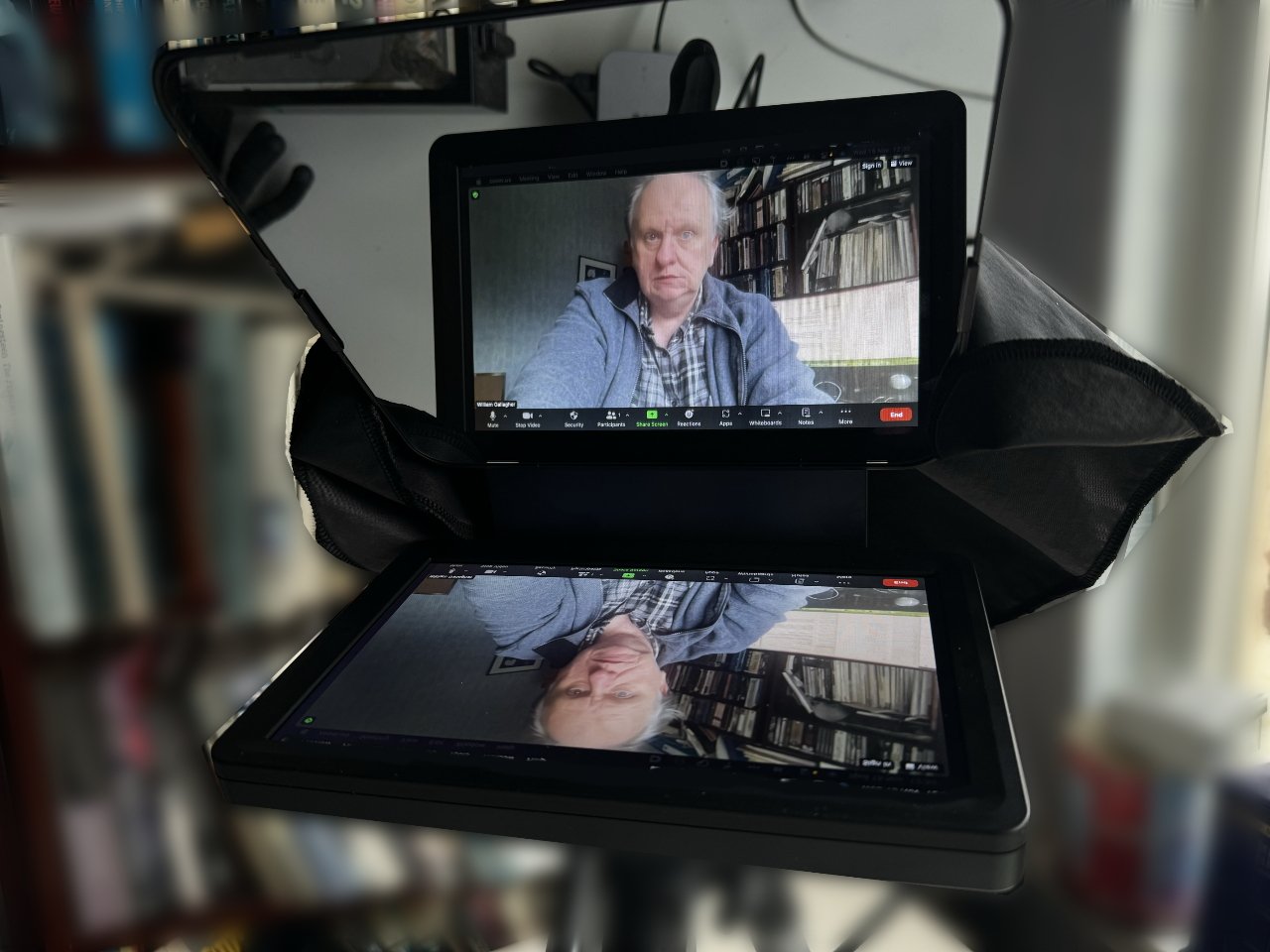
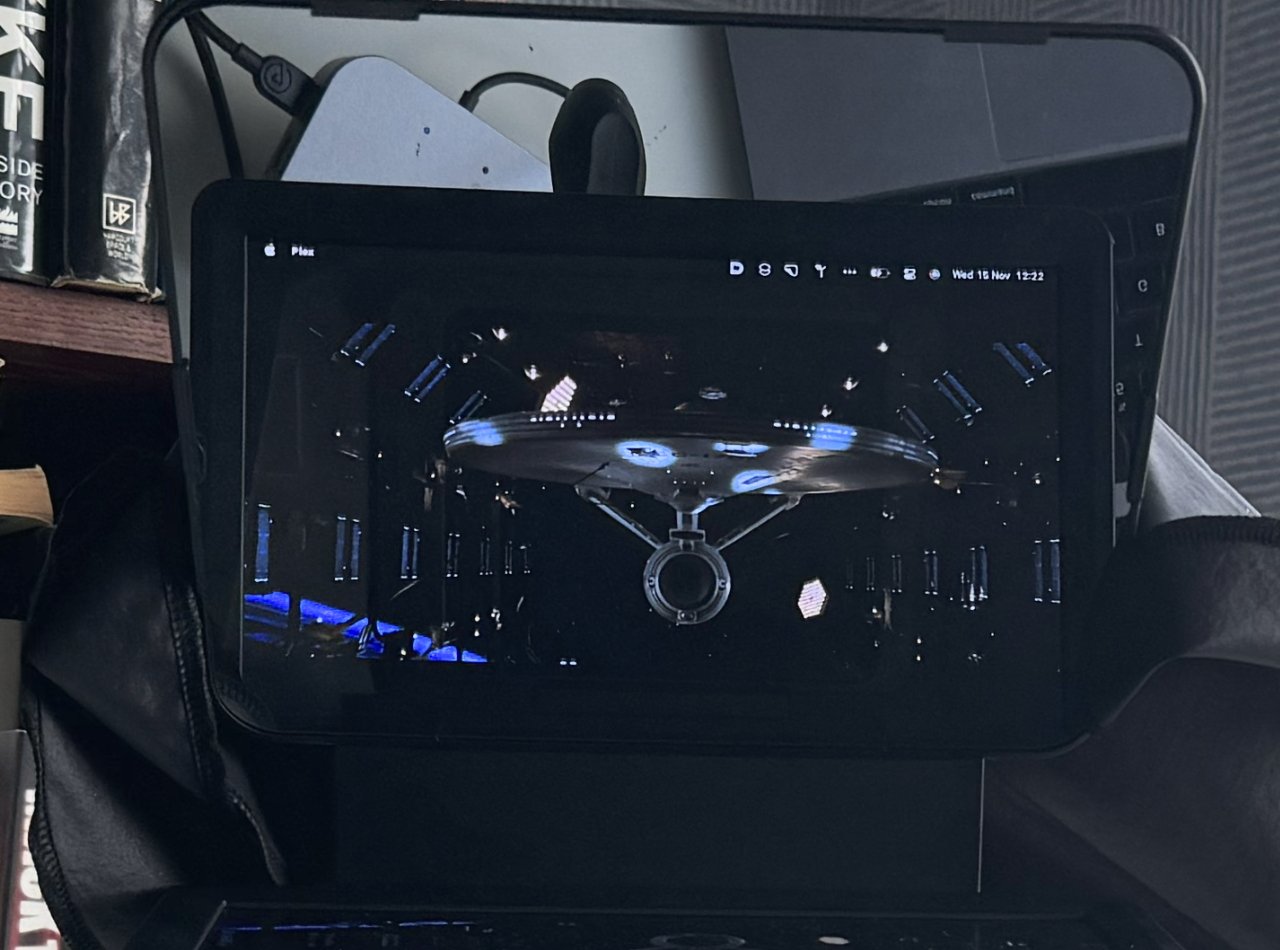







-m.jpg)






 Wesley Hilliard
Wesley Hilliard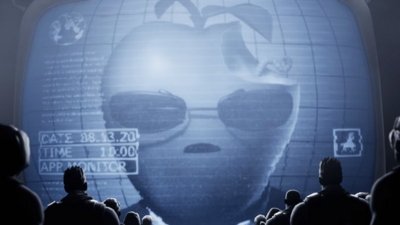
 Marko Zivkovic
Marko Zivkovic
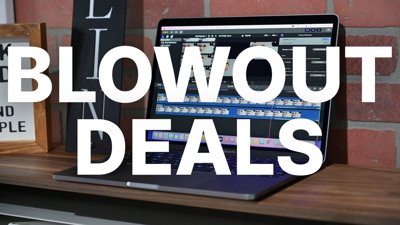
 Christine McKee
Christine McKee
 Amber Neely
Amber Neely

 Malcolm Owen
Malcolm Owen
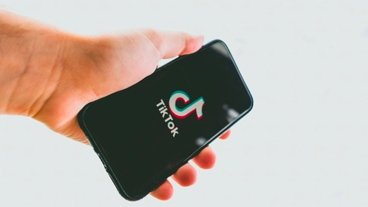
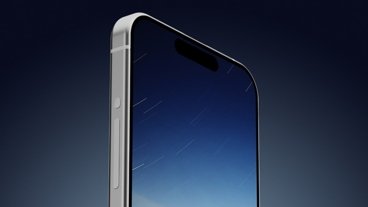






3 Comments
Yeah - great. But I ordered it in September and it's still on backorder to March so don't get too excited - you're not going to get your hands on one in the real world anytime soon.
Your decades of experience and domain expertise brought a lot of value to this long-form, detailed, insightful review. Thank you for sharing it.
This is a well balanced and straightforward review, well done! I really appreciate how you brought home the customer experience with YouTube. It has evolved into a well oiled industry platform and the bar has been raised significantly over the past several years regarding what pre and post production work must be done by the content creator to support their viewers. I ordered my Prompter a while ago, but I just received notice that it has shipped and will be here in Virginia by December 29th instead of late March 2024…tremendous! Merry Christmas!🎄